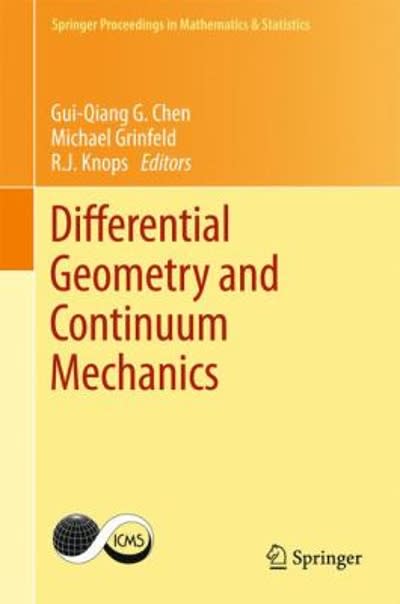Question
5. If a statistically significant difference in blood pressure change at the end of a year for the two activities was found, then: a. It



5. If a statistically significant difference in blood pressure change at the end of a year for the
two activities was found, then:
a. It cannot be concluded that the difference in activity caused a difference in the change in
blood pressure because in the course of a year there are lots of possible confounding
variables.
b. Whether or not the difference was caused by the difference in activity depends on what
else the participants did during the year.
c. It cannot be concluded that the difference in activity caused a difference in the change in
blood pressure because it might be the opposite, that people with high blood pressure
were more likely to read a book than to walk.
d. It can be concluded that the difference in activity caused a difference in the change in
blood pressure because of the way the study was done.
6. What is one of the distinctions between a population parameter and a sample statistic?
a. A population parameter is only based on conceptual measurements, but a sample statistic
is based on a combination of real and conceptual measurements.
b. A sample statistic changes each time you try to measure it, but a population parameter
remains fixed.
c. A population parameter changes each time you try to measure it, but a sample statistic
remains fixed across samples.
d. The true value of a sample statistic can never be known but the true value of a population
parameter can be known.
7. A magazine printed a survey in its monthly issue and asked readers to fill it out and send it
in. Over 1000 readers did so. This type of sample is called
a. a cluster sample.
b. a self-selected sample.
c. a stratified sample.
d. a simple random sample.
8. Which of the following would be most likely to produce selection bias in a survey?
a. Using questions with biased wording.
b. Only receiving responses from half of the people in the sample.
c. Conducting interviews by telephone instead of in person.
d. Using a random sample of students at a university to estimate the proportion of people
who think the legal drinking age should be lowered.
9. Which one of the following variables is not categorical?
a. Age of a person.
b. Gender of a person: male or female.
c. Choice on a test item: true or false.
d. Marital status of a person (single, married, divorced, other)
. Which of the following is the explanatory variable in this study?
a. Exercise
b. Lung capacity
c. Smoking or not
d. Occupation
2. Which of the following is a confounding variable in this study?
a. Exercise
b. Lung capacity
c. Smoking or not
d. Occupation
This scenario applies to Questions 3 to 5: A randomized experiment was done by randomly
assigning each participant either to walk for half an hour three times a week or to sit quietly
reading a book for half an hour three times a week. At the end of a year the change in
participants' blood pressure over the year was measured, and the change was compared for the
two groups.
3. This is a randomized experiment rather than an observational study because:
a. Blood pressure was measured at the beginning and end of the study.
b. The two groups were compared at the end of the study.
c. The participants were randomly assigned to either walk or read, rather than choosing
their own activity.
d. A random sample of participants was used.
4. The two treatments in this study were:
a. Walking for half an hour three times a week and reading a book for half an hour three
times a week.
b. Having blood pressure measured at the beginning of the study and having blood pressure
measured at the end of the study.
c. Walking or reading a book for half an hour three times a week and having blood pressure
measured.
d. Walking or reading a book for half an hour three times a week and doing nothing.




Step by Step Solution
There are 3 Steps involved in it
Step: 1

Get Instant Access to Expert-Tailored Solutions
See step-by-step solutions with expert insights and AI powered tools for academic success
Step: 2

Step: 3

Ace Your Homework with AI
Get the answers you need in no time with our AI-driven, step-by-step assistance
Get Started


